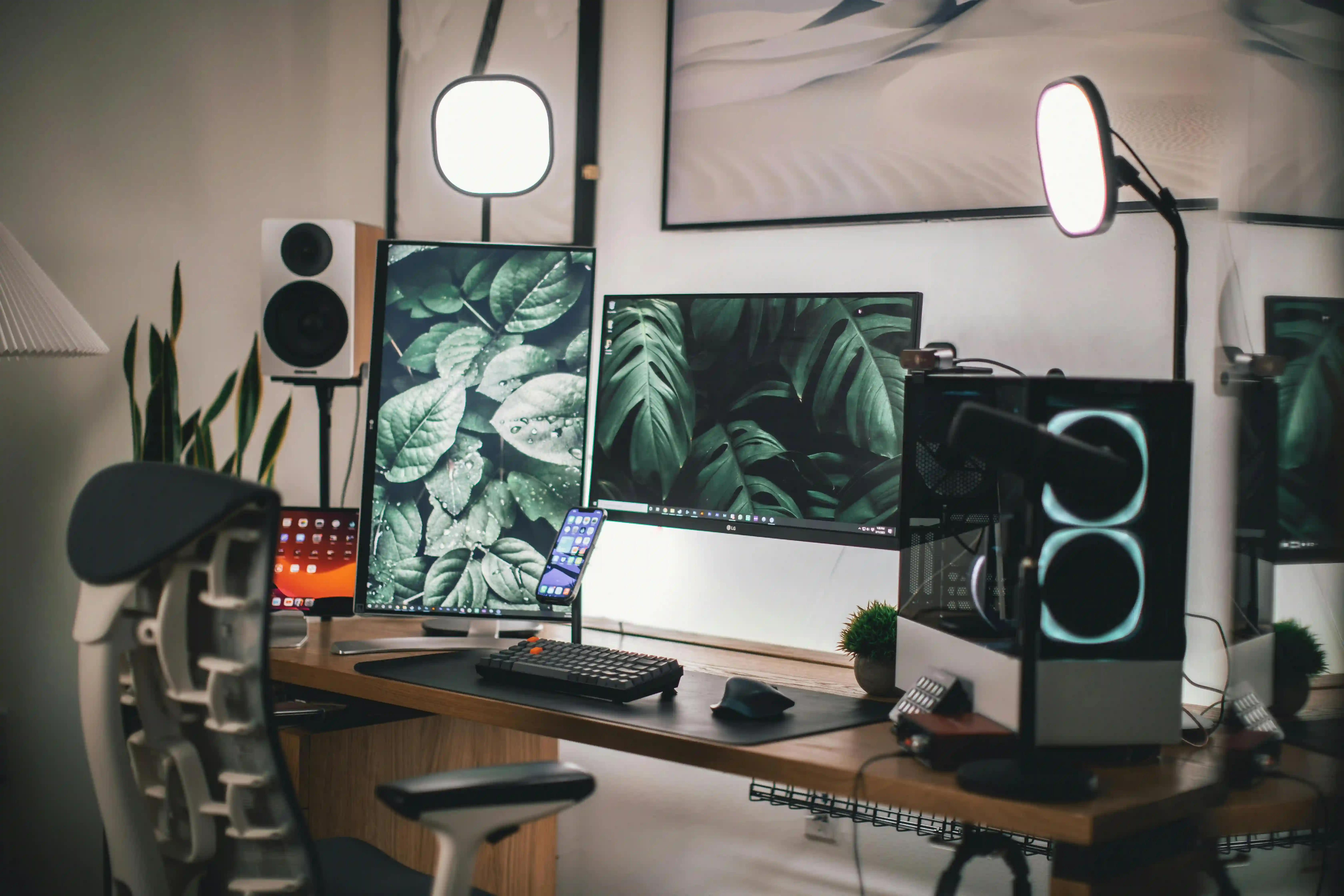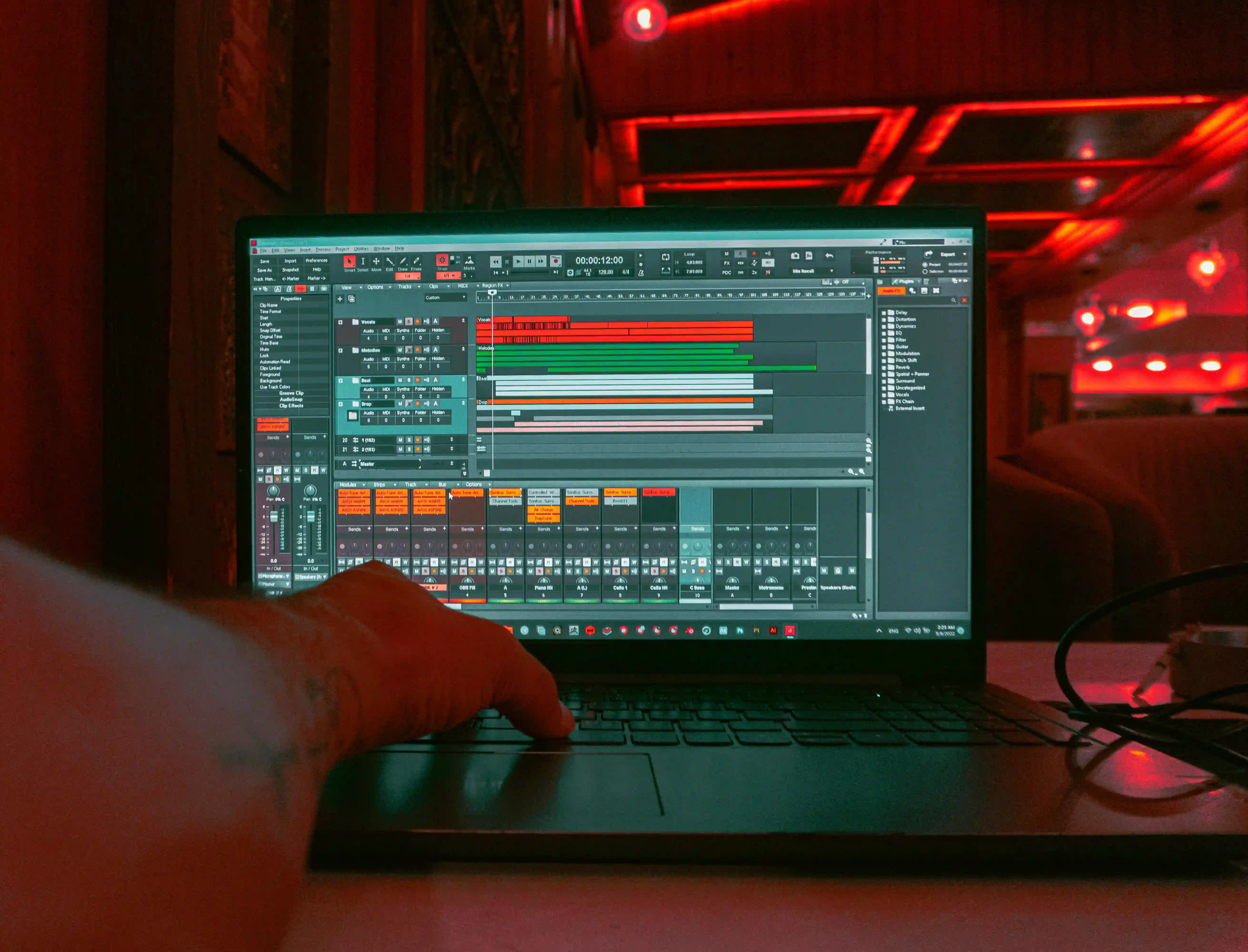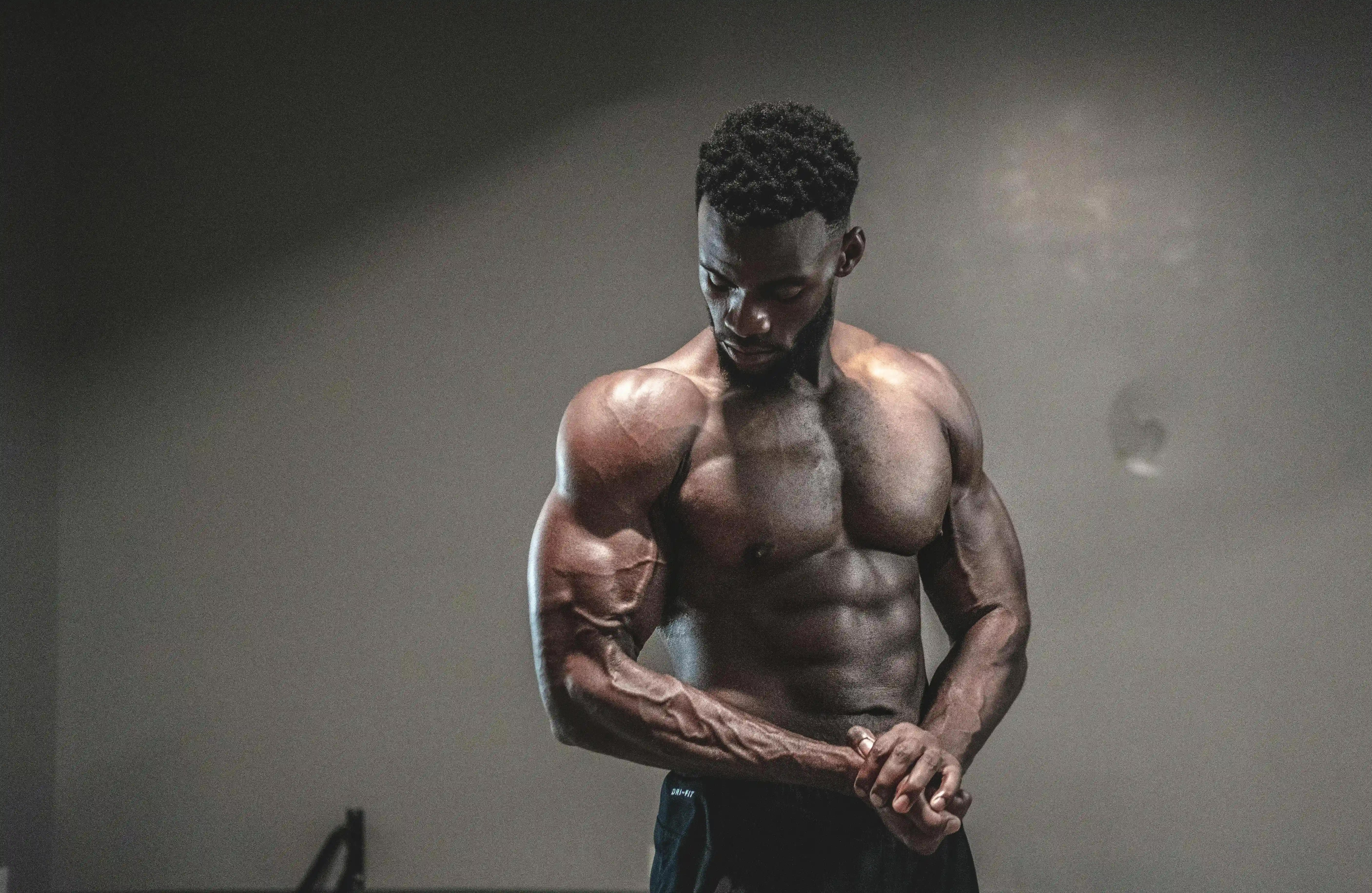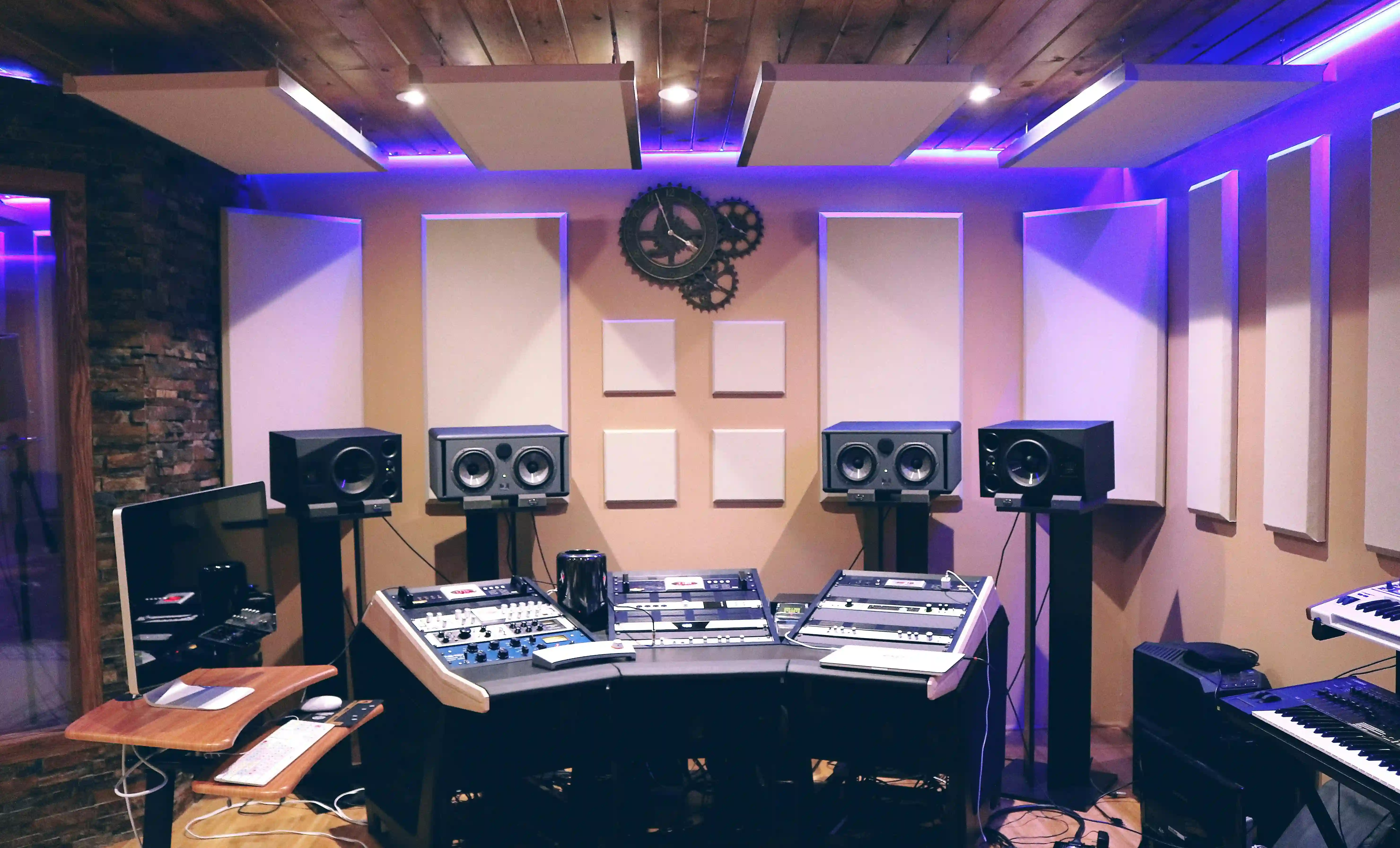How to Stream Your Gameplay:Learn How To Stream Your Gameplay With Our Complete Guide For Beginners.
Streaming your gameplay can be a fun and rewarding experience, whether you're looking to share your gaming adventures with friends or build a community of followers. With the rise of platforms like Twitch, YouTube Gaming, and Facebook Gaming, streaming has become more accessible than ever. This complete guide will walk you through everything you need to know to start streaming your gameplay, from setting up your equipment to engaging with your audience.

Choosing the Right Streaming Platform
Popular Streaming Platforms
1. Setting Up Your Equipment
2. Software Requirements
3. Setting Up Your Stream
4. Going Live

Promoting Your Stream
5. Engaging with Your Audience

Summary
More Publications from gaming
Guide to Popular MMORPGs in 2024: Learn How To Start, Tips For Success, And Discover The Top MMORPGs
Top Tips and Tricks: Master Battle Royale Games With Our Comprehensive Guide.
The Evolution of eSports: Discover Key Milestones, Major Tournaments, And The Future Of Gaming
Best Indie Games You’ve Never Heard Of: Titles Across Various Genres That Deserve Your Attention.
Building the Ultimate Gaming PC on a Budget: Get Tips On Choosing Components and Assembling Your Rig
Virtual Reality Games:Discover How VR Is Revolutionizing Gaming - What To Expect In The Coming Years
Mobile Gaming Trends to Watch in 2024: Cloud To Augmented Reality- The Revolution of Gaming Industry
How to Stream Your Gameplay:Learn How To Stream Your Gameplay With Our Complete Guide For Beginners.
Best Classic Games to Play Today: Relive The Nostalgia With Timeless Titles From Various Eras.
Artificial Intelligence in Game Design:Explore How Artificial Intelligence Is Transforms Game Design
Post Views

















Add New Comment
please login to add or edit your comment
login nowpost comments
no comments added yet!